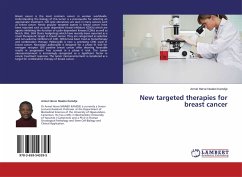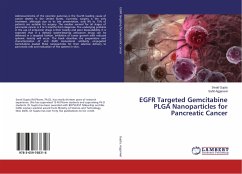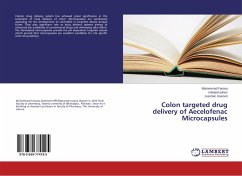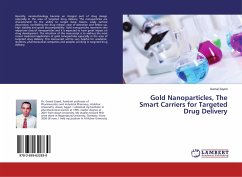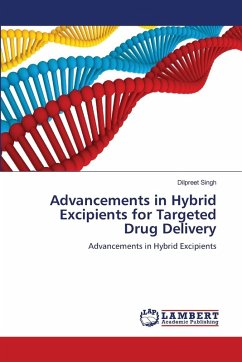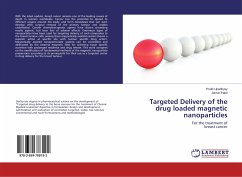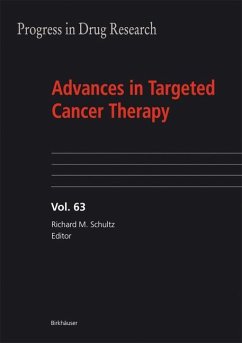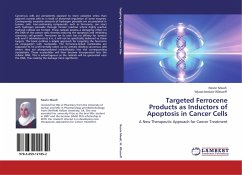
Targeted Ferrocene Products as Inductors of Apoptosis in Cancer Cells
A New Therapeutic Approach for Cancer Treatment
Versandkostenfrei!
Versandfertig in 6-10 Tagen
32,99 €
inkl. MwSt.

PAYBACK Punkte
16 °P sammeln!
Cancerous cells are persistently exposed to more oxidative stress than adjacent normal cells as a result of abnormal regulation of some enzymes. Consequently, excessive amounts of hydrogen peroxide are accumulated in tumour cells. Iron-containing compounds, such as ferrocene, can react with hydrogen peroxide through Fenton reaction where highly reactive hydroxyl radicals are formed. These radicals possess a damaging effect on the DNA of the cancer cells, thereby inducing the apoptosis and inhibiting cancerous cell growth. Ferrocene on its own has no affinity for tumour cells and if administere...
Cancerous cells are persistently exposed to more oxidative stress than adjacent normal cells as a result of abnormal regulation of some enzymes. Consequently, excessive amounts of hydrogen peroxide are accumulated in tumour cells. Iron-containing compounds, such as ferrocene, can react with hydrogen peroxide through Fenton reaction where highly reactive hydroxyl radicals are formed. These radicals possess a damaging effect on the DNA of the cancer cells, thereby inducing the apoptosis and inhibiting cancerous cell growth. Ferrocene on its own has no affinity for tumour cells and if administered as it is, it will not be specifically delivered to these targets. This book outlines a simple approach for targeting the ferrocene via conjugation with nucleoside. The ferrocene-linked nucleosides are supposed to be preferentially taken up by actively dividing cancerous cells where they are phosphorylated intracellularly into the corresponding nucleotides. These nucleotides will then become incorporated into the cellular DNA. This is advantageous as the radicals will be generated near the DNA, thus making the damage more significant.



